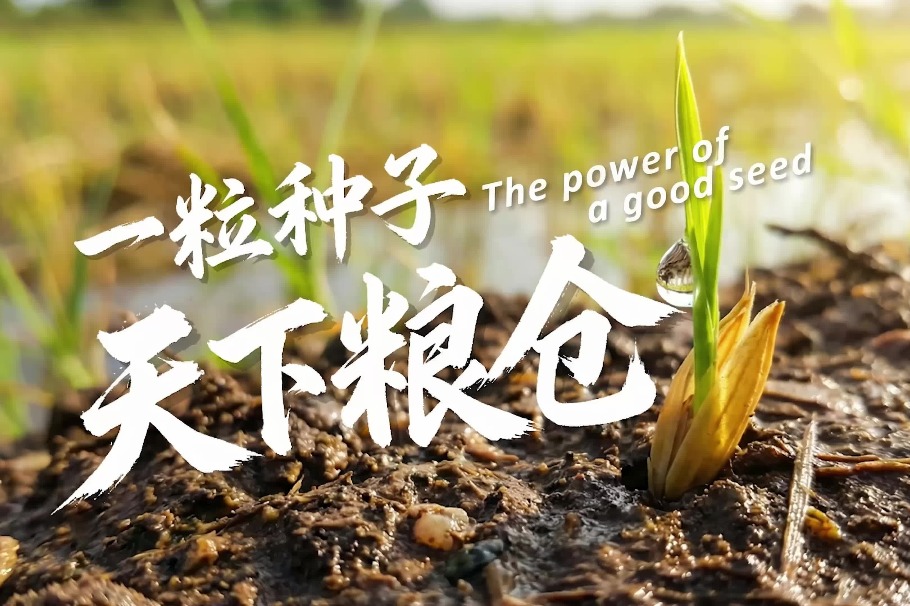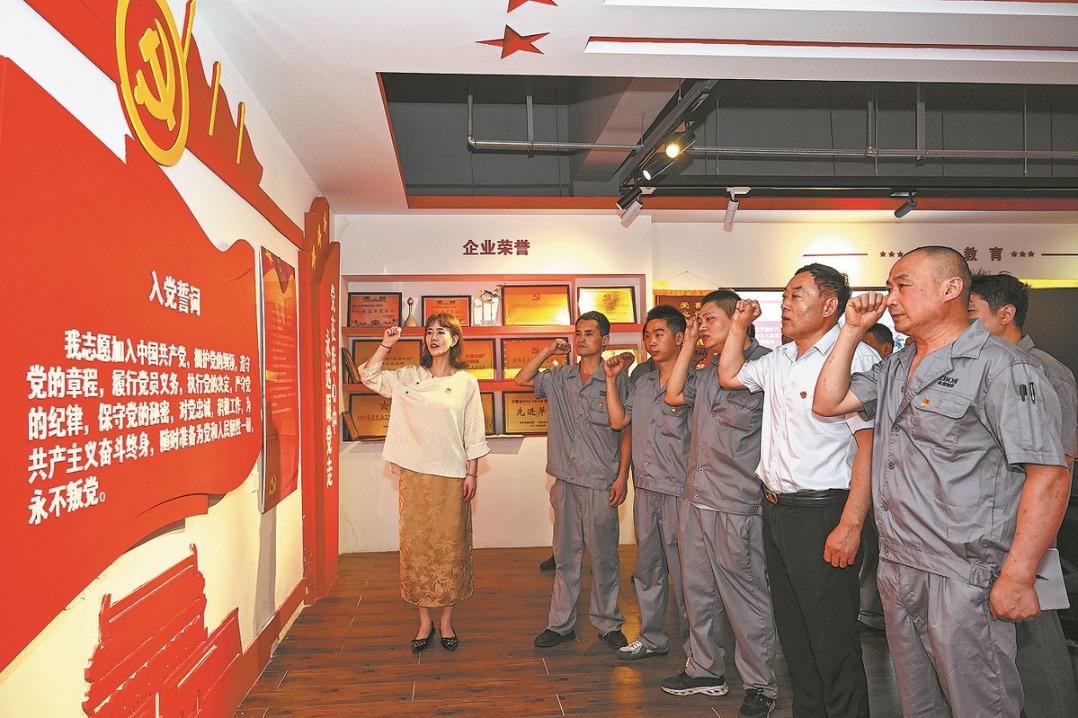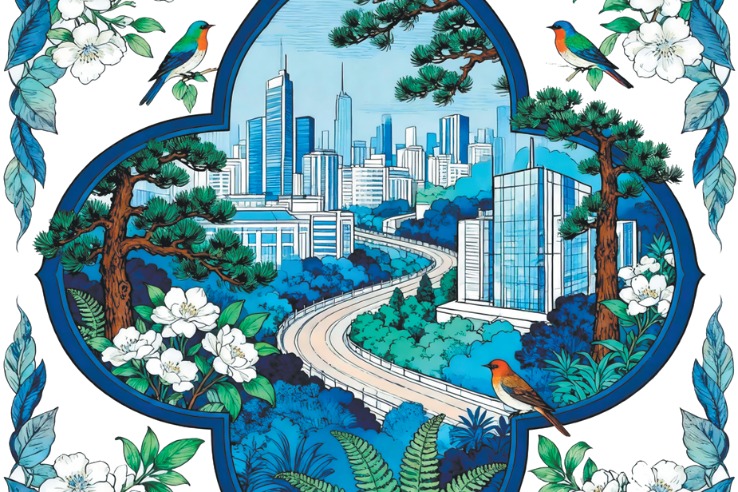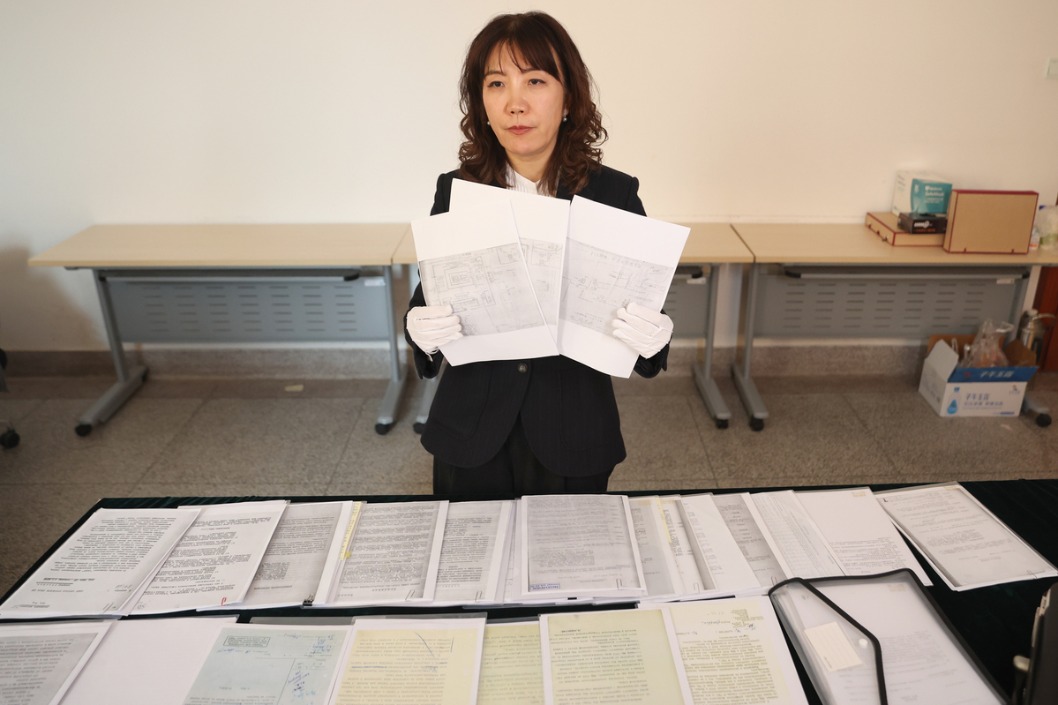Seeking Happiness for People: 70 Years of Progress on Human Rights in China

In 2018, the number of health service institutions increased to 997,000, a 271.78-fold increase from 1949, with health professionals growing 22.73-fold to 12.3 million. From 1949 to 2018, the number of health professionals per 1,000 people increased from 1 to 8.81, and the number of beds in medical institutions per 1,000 people grew from 0.16 to 6.03. A community-level health service system covering urban and rural areas is in place.
Basic public health services have improved, with the HBV infection rate among children under five dropping below 0.32 percent in 2014, and the national vaccination coverage among children topping 90 percent in 2015. Historic progress has been made in the prevention and control of major infectious diseases and endemic diseases, eliminating polio and basically eliminating iodine deficiency in 2000, filariasis in 2007, and neonatal tetanus in 2012. The prevention and treatment of cancer has been strengthened. The five-year cancer survival rate in the past decade grew from 30.9 percent to 40.5 percent.
The national fitness program has thrived. As of 2018, China had more than 3.2 million sports venues (a floor space of 1.84 sq m per capita) across the country, and more than 400 million people took part in regular exercises.
Improved social assistance. In the early 1950s, China was in a state of economic stagnation. The people were poor. There was a large number of victims of natural disasters or disability; many were old people or orphans who had no family to turn to. The CPC and the Chinese government carried out emergency assistance, giving money and supplies to the poor and cleaning the mess left by old China. Later, social security was mainly provided by employers in urban areas and production brigades in rural areas, and the state and collectives offered assistance to special groups including orphans, people with disabilities, and rural people eligible for the "Five Guarantees" (food, clothing, medical care, housing and burial expenses). Since 1978, the year when reform and opening up was launched, China has further improved its assistance system in both urban and rural areas, and provided relief to groups with special difficulties. Through years of effort, China has formed a social assistance system supplemented by public participation, with subsistence allowances, disaster relief, medical assistance, education assistance, housing assistance, employment assistance, temporary assistance, and assistance and support for people in extreme difficulty.


































